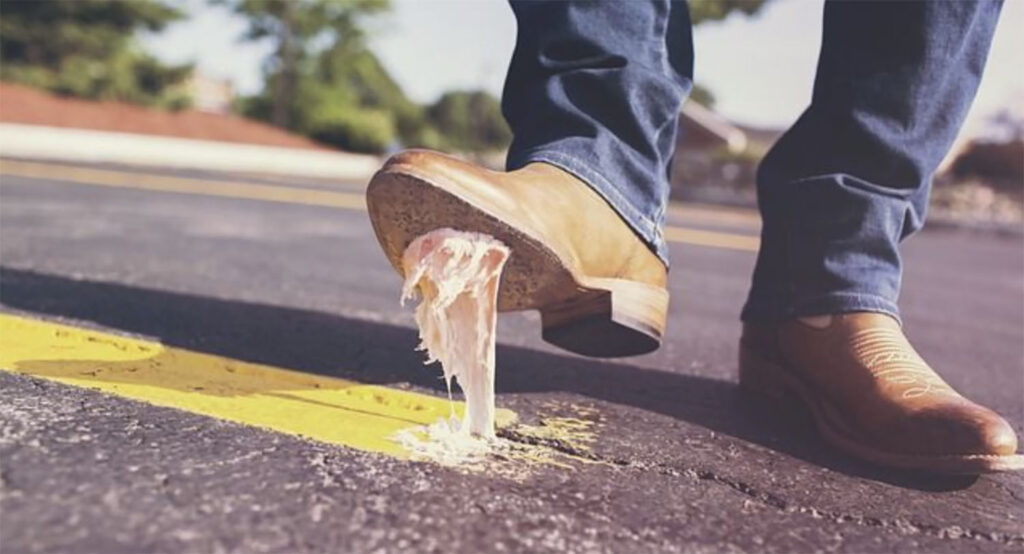By Imani Holmer, Alliance Intern from U California Berkeley ‘25
Most of us never think of the environmental impacts from chewing gum, but chewing gum is actually the second most common form of litter after cigarette butts. In fact, 80-90% of gum is not disposed of properly into trash cans, and approximately 92% of Britain’s urban paving stones have gum on them.
Not only is it rarely disposed of properly, but gum is also most commonly made with synthetic plastics, including a petroleum-based polymer often used to make tires and adhesives. As a plastic product, it takes hundreds of years to decompose and is not biodegradable. So, any gum not disposed of in trash cans puts long-lasting synthetic plastics into our environment and water systems, accumulating to 250,000 tons of gum waste per year.
Gum also puts some animals and birds within our environment at risk. Any unfortunate animals who mistake gum for food can build up toxins or choke on it when it blocks their digestive systems. Products used in gum like xylitol can be fatal to dogs, with most sticks of gum containing enough xylitol to severely harm small dogs.
Of course, there is also concern about the health effects from the sugar in some chewing gum, as well as some people experiencing jaw pain.
Remain conscious about where you dispose of your gum, or, if you can, stop buying gum entirely or swap to a biodegradable alternative. More plastics with 500-year life spans is the last thing we need if we want to protect our environment, so the next time you choose to chew, chew consciously!

